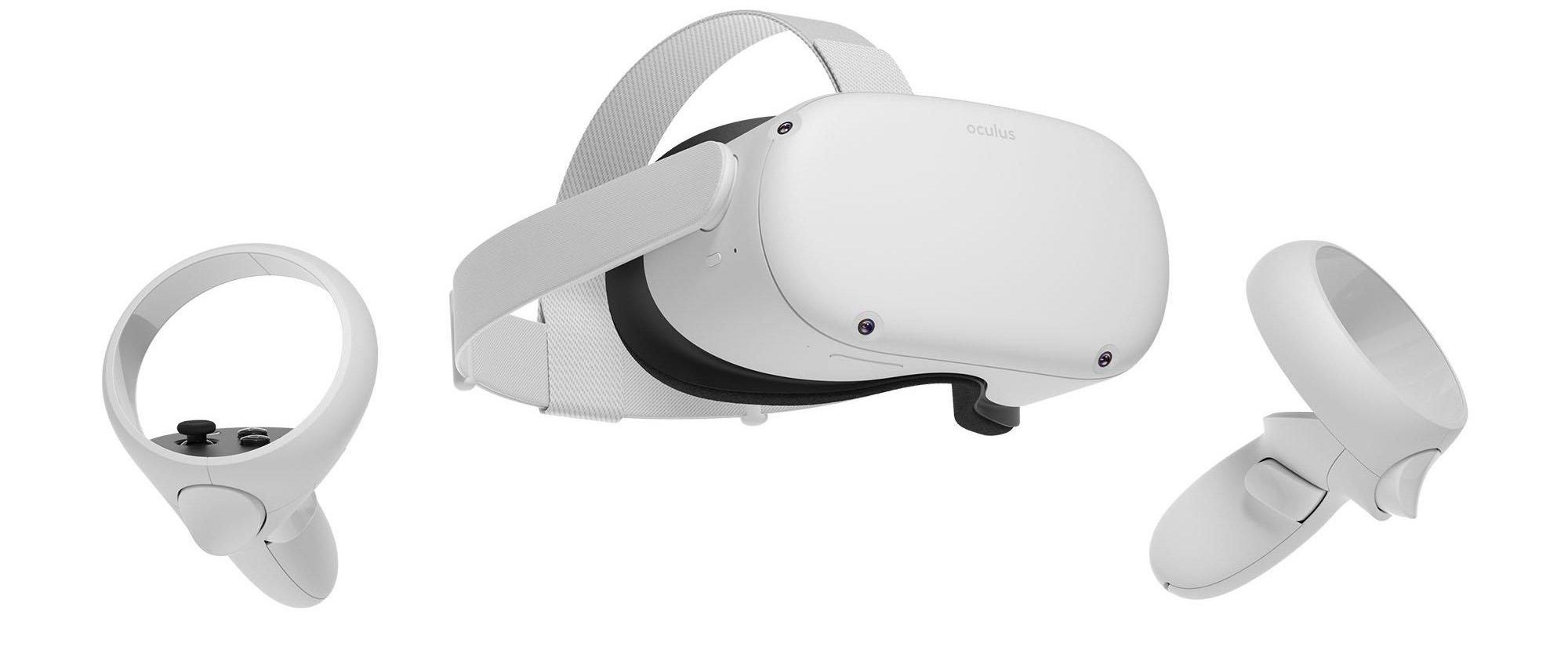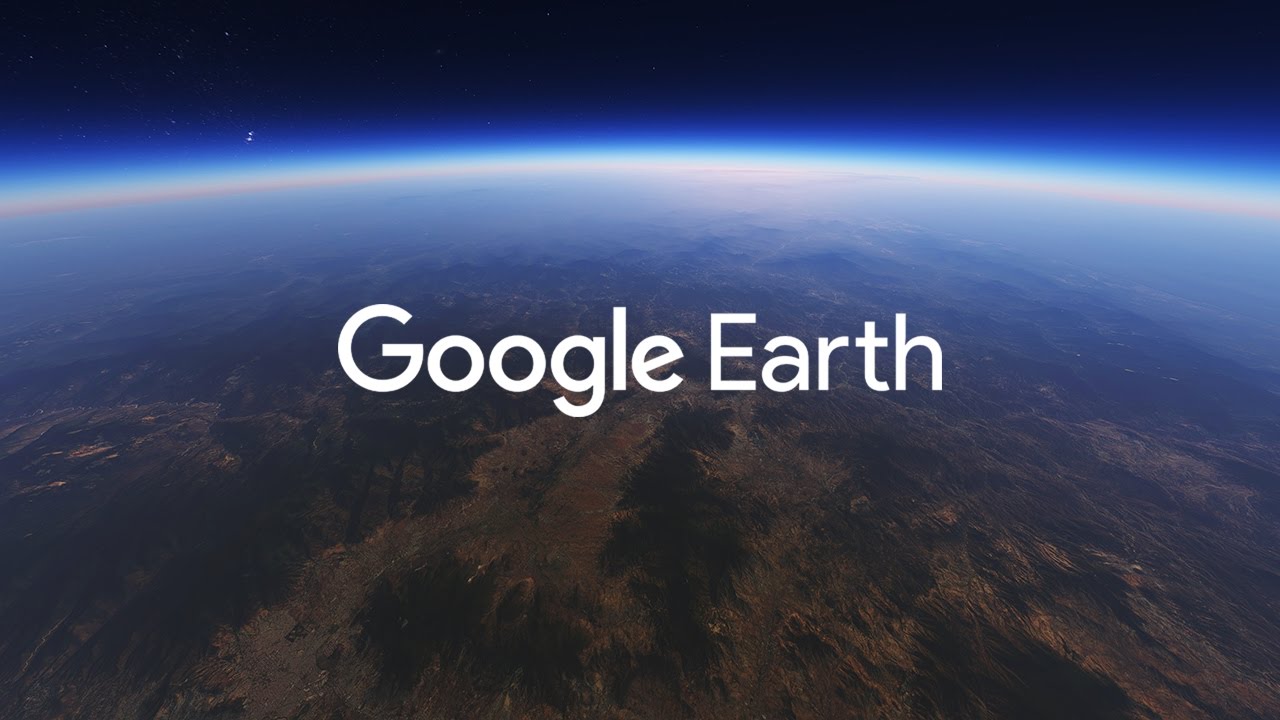Home » Posts tagged 'VR'
Tag Archives: VR
National Geographic VR in the Classroom
Virtual reality is still something new and always growing. I would say the main use for it right now, is for gaming. There are many gaming VR headsets being made, and games always being made. It definitely gets better as the years go on.

I own an Oculus headset and just use it to play games with my friends. The technology is great, and you really feel you are in the setting. The graphics are usually never anywhere near realistic, but that is not what it is about right now. The better graphics will come in time. It is all about how it makes you feel.
In one game, my friend and I were on this hot air balloon. It took us up to the sky, and we would look around us for the view. It did make me feel a little dizzy and made me feel like I would actually fall to the ground in my room. It was so weird to think about. My body and mind felt like I was in the air, but in reality I was standing in the middle of my own room.
After doing some research, I came across an app for the Oculus called “National Geographic Explore VR.”
It is all about virtually visiting different landmarks, countries, and environments. I think this is such a great way to put this technology to use.
Not only that, it would be perfect for the classroom setting. Students would have a great time using the headset and app. It would really engage them to pay attention and to apply themselves into the lesson.
This app would always play a big part in contributing to global collaboration.
Throughout the course, we have seen so many examples of global collaborating by video chat between classrooms. These classrooms are usually from different parts of the world.
I can see two classrooms from opposite sides of the world learning from each other. They could speak about so many different things, like:
- Their cultures
- Differences in their everyday lives
- Political views
- Education system
There is an endless amount to talk about.
Students could use the app to visit the classroom’s country and explore for themselves. The classroom could recommend areas to look out, or specific landmarks that are significant to the country.
This would aid students in fully understanding their fellow classmates from other parts of the planet. The students would have a real grasp of everything discussed and hopefully retain the information. They should also have plenty of fun in doing so and immersing themselves in a whole other location.
Using an Oculus for global collaboration does not just have to be with this specific app. I am sure there are similar apps that may have better features in certain aspects. More will be made as the technology continues to develop. There is no doubt that this should have a part in education for the success of students all around the world.
Augmented Reality: The Future of Education?

Augmented Reality, or AR, is a technology that enhances an individual’s experiences in the real world with an added virtual overlay. Unlike Virtual Reality, you are not fully immersing yourself into a virtual world; rather, AR technology imprints a virtual world upon the real world. This is an increasingly popular technology, with such programs as AR Games on the Nintendo 3DS and mobile game Pokémon Go being some of the most popular games to utilize augmented reality. However, AR may have the potential to enhance students’ educational progress as well.
User CybTekk posted a comprehensive thread on X (formerly Twitter) outlining the potential upsides of augmented reality within education. This user argues that AR would allow for the classroom experience to be more immersive, with such examples as “history com[ing] to life” and “virtual labs enhanc[ing] science classes,” and that with AR, students would be able to virtually connect with the rest of the world, and take virtual, augmented reality trips to various places in the world to learn about them, all without having to leave the classroom. Plus, the article mentions how 80% of businesses use AR, and that learning how to use it early may be a valuable tool in the job market of tomorrow.
Unfortunately, there is no mention of current AR tools in use within the educational field currently. However, the potential benefits of using AR for education are not to be overlooked. The idea of allowing students to be immersed into what they are learning, rather than learning at a distance, is an exciting idea for innovation within education. I like the ideas put forth by this user, and hope that the idea and application of using AR within education is one that continues to grow traction, as it very well may be a big part of the future of educational technology.
Thanks for reading!
Virtual and Augmented Reality
How can you use VR and AR in the classroom? Virtual Reality engages multiple senses, sight, touch, hearing, and sometimes smell! In the classroom, you are not just observing material but actually being part of it. You can explore the world and visit different locations. There are virtual field trips that you could take your students on to let them explore different areas, you could check out interactive simulators to see how earthquakes affect the land and structures around them. Another example of using virtual reality in the classroom is learning about the anatomy of humans, their organs, and bones and dissecting animals as well. All of these tools give students a greater understanding and a closer look at how things work.

Augmented Reality is digitizing classroom learning. It takes what you have and enhances it. For example, it can take your drawing and make it come to life. It doesn’t require any new materials. It can be accessed with your own computer and materials.

Now that we know a little about them how can vr and ar contribute to possible successful global collaborations or meet a global goal? When I think about global goals I know that they are big goals but with lots of people all working together collaboratively they can be met. With the use of vr and ar tools we can get even more people involved and aware of what the global goals are. What are the steps to get there? With the help of the Oculus you can download an experience called Pollinator Park. This would relate to SDG 2: Zero Hunger. Pollinator Park shows what our world would look like without pollinators. According to the United States Department of Agriculture, “Pollinators help ensure the world eats. Scientists estimate that about 75% of the world’s flowering plants and about 35% of the world’s food crops depend on animal pollinators to produce. While more than 3,500 species of native bees help increase crop yields, pollinators include many more species than just bees. Flowers can be pollinated by both insects and animals – such as bees, wasps, moths, flies, butterflies, birds and even small mammals such as bats. Despite their importance, many pollinators are declining in numbers, posing a threat not only to the world’s ecosystems but to global food security as well.” Showing how this is important can help students want to be involved at home and in school.
Check out this video of Pollinator Park in action!


Experiences like Pollinator Park are numerous. There are ones that focus on other sustainable global goals as well. I looked for the ones that focused on SDG 2 as that was what I focused on this semester. Another VR experience that stood out to me was Cooking Simulator. Unlike Pollinator Park, this experience is not free. What I did like about this is that it helps you learn how to cook the food that you are growing, teaching the basic cooking mechanics like slicing and learning cooking temperatures which are lifelong skills to have.
As a future educator learning about VR and AR, I’m excited to see how I can use this in my future classroom. In my local school, we don’t have VR tools for students or the budget for them but to get that would be amazing. Hearing that the AR features don’t cost extra and use what you have is exciting and I want to see how I can incorporate that.
Virtual & Augmented Reality
Virtual Reality (VR) in classrooms can reform education and contribute fundamentally to successful global collaborations, especially in accomplishing the United Nations’ Sustainable Development Goals (SDGs). For this discussion, we should zero in on utilizing Google Earth Visits in K-12 education to address the Global Goals I’ve accomplished for my project, Global Goal 4: Quality Education.
Global Goals 4 expects to guarantee comprehensive and impartial quality education and advance deep-rooted learning open doors for all. VR devices like Google Earth Visits can assume a significant part in gathering this goal by giving vivid and intuitive growth opportunities that rise above customary study hall limits.
Google Earth Visits

Google Earth Visits is an instructive apparatus that permits instructors and students to investigate the world practically through 360-degree all-encompassing pictures. It will empower students to “travel” to different areas and experience virtual field trips. By utilizing VR headsets, for example, Google Cardboard or the Oculus Mission 2, students can feel present in those areas, regardless of whether they are many miles away.
Within this video provided by Google, we are able to look into the way Google Earth working with VR shapes our experience.
Upgraded Global Collaborations
VR can break social obstructions and cultivate multifaceted comprehension. By encountering better places, societies, and networks through VR, students can foster sympathy and appreciation for variety, prompting more agreeable Global coordinated efforts. VR can also work with constant cooperative tasks among students worldwide. For instance, students from various nations can collaborate on a virtual recreation of verifiable destinations or work together to tackle worldwide difficulties like environmental change or ecological preservation. Next, VR can establish language learning conditions where students can work on talking and listening abilities with local speakers from various nations, advancing language capability and intercultural correspondence. And finally, Through VR encounters, students can acquire a more extensive point of view on worldwide issues like poverty, inequality, and environmental degradation. This understanding can motivate them to become proactive worldwide residents and work together to address these difficulties.
Meeting Global Goal 4 – Quality Education
VR innovation permits students in underserved regions or far-off areas to get instructive encounters they probably won’t have. Virtual field excursions to galleries, verifiable destinations, and regular marvels can enhance their learning and advance a more comprehensive school system. Also, VR gives a seriously captivating and intelligent learning climate, which can improve students’ maintenance and comprehension of perplexing themes. It can make learning fun, starting interest and adoration for learning. VR can take special care of assorted learning styles, furnishing customized opportunities for growth to students with various capacities and learning inclinations. This inclusivity lines up with the rule of abandoning nobody, as underlined in the SDGs. And finally, VR can likewise be utilized for proficient improvement for instructors, empowering them to encounter new showing techniques, best practices and team up with teachers worldwide. This constant learning can work on the nature of schooling conveyed in homeroom.
Within a lesson plan employing Google Earth’s wonders, we have been given the following instructions…
“Teachers can use I’m Feeling Lucky and Street View in Google Earth to randomly select a location in the world and relate it to multiple content areas. Teachers can also choose to preselect a location that lends itself well to relevant standards and objectives using Search or Voyager Stories.”
https://storage.googleapis.com/gweb-earth/education/pdf/EN_PassportWarmUp_7thGrade.pdf
This captivating lesson, accompanied by its counterparts found within the provided link, seamlessly integrates the power of VR and Google Earth, culminating in a plethora of thrilling educational experiences for young minds.

Utilizing Google Earth Visits or comparative VR apparatuses in homerooms can add to practical worldwide joint efforts and accomplish Worldwide Global 4: Quality education. By cultivating compassion, breaking social boundaries, and giving admittance to different learning potentials open doors, VR can engage students to become dynamic members intending to worldwide difficulties and pursue a manageable future.